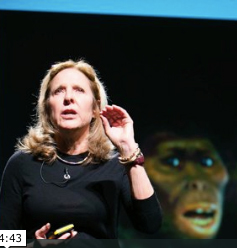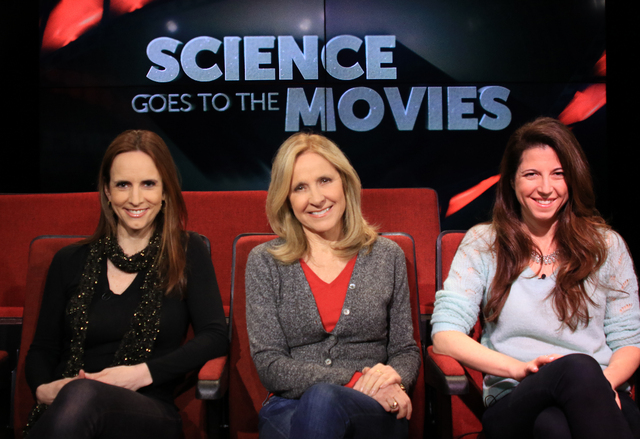History is filled with examples of lovers who claim to have fallen in love at first sight. It might even have happened to you—seeing a mysterious, magnetic stranger across the room, you feel irresistibly drawn to that person. You might even be compelled to start a conversation that lasts all night. By morning, you are certain you have found your soul mate.
Or perhaps you fail to seize the moment, and your mysterious stranger disappears into the crowd, lost to you forever. Yet you cannot get this person, whose name you do not know, out of your mind.
Clearly, “falling in love at first sight” is not all that uncommon. But what exactly is going on? Can you really fall in love with someone you have never met? Or are there other forces at work instead? Here we will break down the science of love and attraction.
Attraction
An attraction is one of the most basic building blocks for love. Although some people develop attraction later, after they have been friends for some time, the majority of romantic relationships begin with attraction. It is what draws you to get to know someone new, and what fuels the passionate early days of a relationship. You feel like you are falling in love because you are influenced by something about the person, such as his appearance or her perfume.
While there is no doubt that attraction can set the stage for love, on its own, it is not love. Love requires two additional factors, intimacy and commitment, that can only develop with time. If you take the words “falling in love” at face value, though, maybe it is possible. You are “falling” into the beginning of something that could end up with the potential to last.
Acquaintanceship
In many cases, the words “at first sight” are a bit of a misnomer. People claim to fall in love at first sight with people they actually already know casually. Perhaps you have seen the person a few times at a bar you frequent, or he is a friend of a friend. Even if you genuinely have never laid eyes on the person before, you are not likely to “fall in love” at the moment of first viewing. It is more likely that you will use that term in retrospect after a successful first conversation.
In this case, you are not actually falling in love at first sight, but after a period, no matter how brief, of acquaintanceship. Common types of acquaintanceship with which people fall in love include, but are not limited to:
- cognitive: her expressed thoughts and beliefs
- tactile: her touch
- kinesthetic: her movements
- auditory: the sound of her voice
- olfactory: the way she smells
These are top-level attractors. You feel like you are falling in love, and your primitive brain reward systems rather than your logic are calling the shots.
Metaphysical Claims
According to certain metaphysical belief systems, souls are divided when they descend to earth from the heavens. When these twin souls meet on earth, it is a reunion rather than a brand new meeting. Thus, it follows that falling in love at first sight could actually signify this type of metaphysical reunion.
Other belief systems do not account for twin souls, but do allow for soul mates, or romantic partners that fit together perfectly. Some believe that we have only one soul mate in a lifetime, while others believe that there are many. Some even believe that we reincarnate through multiple lifetimes with the same small group of souls, who play different roles in each lifetime.
Even if you believe such metaphysical claims, however, they still fail to define love “at first sight.” Under these belief systems, you are only seeing the person’s physical body in this lifetime for the first time. You are already deeply acquainted with the person’s soul.
Defining Love
Depending on semantics, you could argue that the underpinnings of what will become love can develop at first sight, or you could say that because love takes time, it couldn’t possibly happen. We certainly cannot deny what some people say they experience. Their reward and drive systems may certainly be instantly activated, orienting them toward a person as soon as they see them. What do you think?
Looking for verifiable information on the science of attraction and relationships? We’re a neuroscientist and a biological anthropologist eager to help you put the Anatomy of Love to work in your own life.
Written by: Lisa Fritscher
NEXT













































